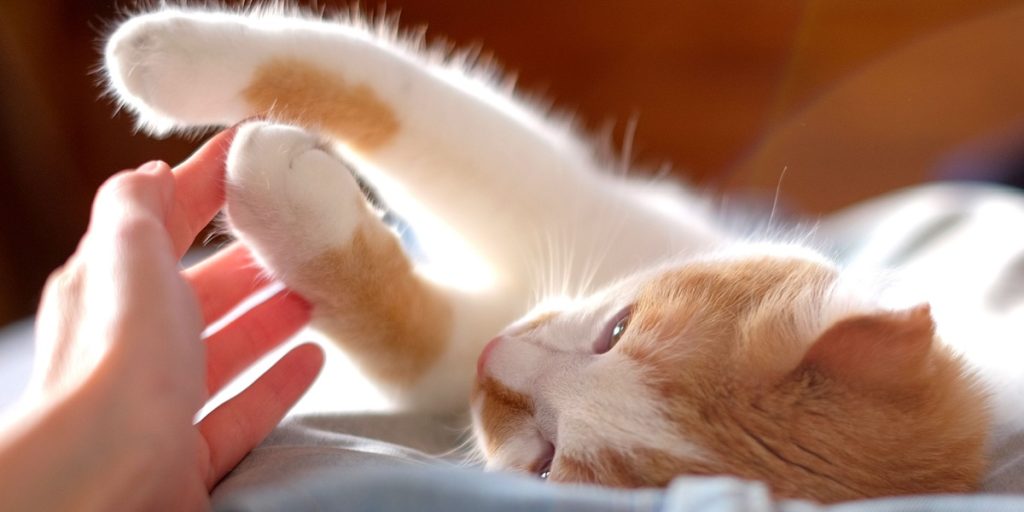A new study reveals that a specific gene variant influences how and why cats communicate with humans.
Others are reading now
The soothing rumble of a cat’s purr has long been associated with contentment, but the true reason behind this iconic behavior has remained unclear—until now.
Scientists at Kyoto University have pinpointed a key genetic factor behind purring: variants of the androgen receptor gene.
The study, reported by Nauka w Polsce and WP Tech, examined 280 mixed-breed, spayed or neutered domestic cats.
By analyzing their DNA, researchers found that cats with a shorter version of the androgen receptor gene purred more often and were generally more vocal in their interactions with humans.
Also read
Genes That Shape Personality and Communication
The findings suggest that purring—and vocal behavior in general—is more than a social quirk.
Male cats with the short gene variant were observed to “talk” more frequently with humans.
Interestingly, females with the same gene type tended to be more aggressive towards strangers.
This genetic influence aligns with broader behavioral patterns.
Domestic cats, unlike their wild counterparts, use a variety of vocalizations to communicate with humans.
In the wild, most cats rely far less on sound, underscoring how domestication has shaped feline behavior.
Selective Breeding May Have Muted the Chatter
The study also found that purebred cats often carry the longer version of the androgen receptor gene, which is associated with less vocalization.
Researchers believe selective breeding may have inadvertently favored cats that are quieter and more reserved.
In contrast, stray and non-pedigree cats—who depend more heavily on vocal communication with people for survival—tend to possess the shorter gene variant.
Understanding the genetic roots of cat communication could have practical benefits.
In the future, breeders and pet owners may use genetic screening to anticipate a cat’s behavioral tendencies. This could lead to more informed adoptions and environments that better suit each animal’s needs.


